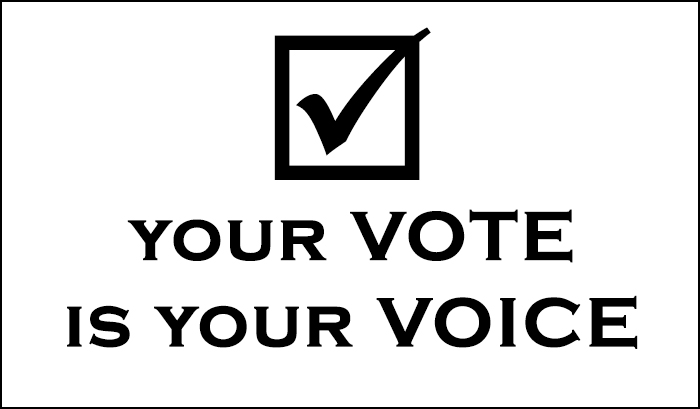I took a look at the City Council’s “proposed parcel tax” to help pay for our part of the unfunded federal mandate from the 1972 Clean Water Act. I also watched the Council meeting when they discussed whether to put this tax on the November ballot.
Culver City’s Tax Base
At last count (2015), there were 10,375 single-family residents in Culver City, about 1,500 residential income properties, and 1,500 commercial-industrial properties.
So according to the city’s proposed local parcel tax, the 10,375 homeowners would raise a little over a millions dollars annually. The other million would be paid by the remaining 3,000 commercial property owners. Hmm…
Local Examples
Using my own properties as an example, my residence on Berryman Avenue in Sunkist Park, sits on a 7,160 sq. ft. lot. If you divide that into the proposed $99 assessment, it comes to .014 (1.4 cents) per sq. ft.
My commercial properties on Bankfield are both 2,500 sq. ft. lots. Each one is about .06 acres. If you multiply the proposed $1,096 per acre tax by .06 acres, you get about $65 for each parcel. When you divide the $65 by 2,500 sq. ft., you get .026 (2.6 cents) per sq. ft., almost double that of the residential square footage cost.
It looks as if commercial properties are actually being taxed at a higher rate (at least when measured square foot-wise) than that of residential parcels.
If all parcels were taxed at the $1,096 per acre, my residence parcel tax bill would be $180.
Precedent Setting?
Here is another change in this proposed parcel tax. The usually accepted 100 percent exemption offered to fixed-income seniors— previously offered in the School District’s Measure EE campaign –would be be replaced by only a 50 percent discount.
Passing this, of course, probably would set a new precedent in local taxation.
Also, those retired, fixed-income home-owners would be given another unfair added burden: Resubmitting every year in order to continue to receive their exemptions.
Open Ended Tax?
Voters like to know how much and how long they will be paying! In 2009, when local voter/taxpayers voted on Measure EE to a commitment of $96 annually for the next five years, they knew the beginning and ending dates of a tax.
35 Years?
But there is no real time frame–no firm ending date–shown in this proposed parcel tax. Just vague statements about it raising a little over $2M annually and that the cost of our share in this county-wide billion-dollar project is $125M.
How long will our part in this water project take—15, 20, 35 years? How long will this $96 tax obligation last? As it is now, not having an end date for this tax is too vague!
We have to do our share of this multi-billion dollar county-wide project. It is federally mandated. It has to be done. We cannot get out of doing our share.
Direct Democracy
Instead of the City Council trying to figure out how much the public will stand — playing the usual political cat-and-mouse taxation game of only telling half-truths to get voters to pass it — why doesn’t the Council get right down to the real nitty-gritty question. Ask local residents to directly vote on how quickly they want to get our share of this project done, including the bond tax rates involved for each timeline. Then tax us accordingly.
As It Should Be
This would have the taxpayers’ making the decision on how much we are being asked to pay and how long we would be willing to pay it.
Mr. Laase may be contacted at GMLaase@aol.com

